Latest News
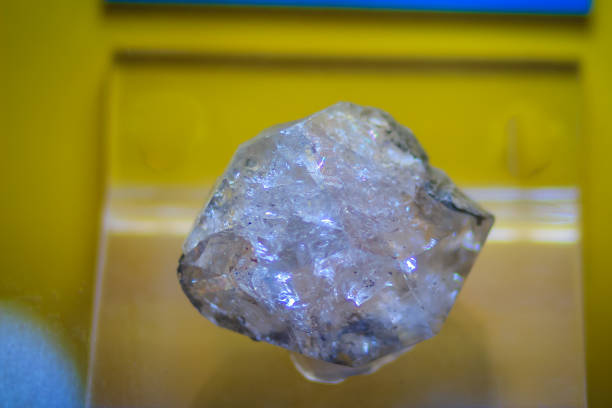 Revolutionizing Water Treatment: Anionic Emulsion Polyacrylamide's Role in Purification
2024-04-26
Revolutionizing Water Treatment: Anionic Emulsion Polyacrylamide's Role in Purification
2024-04-26
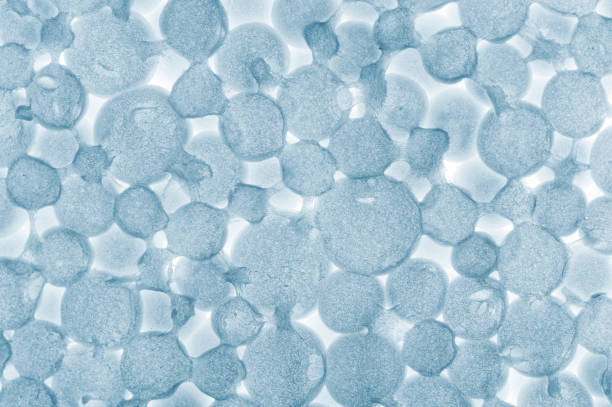 Understanding Anionic Emulsion Polyacrylamide
2024-04-08
Understanding Anionic Emulsion Polyacrylamide
2024-04-08
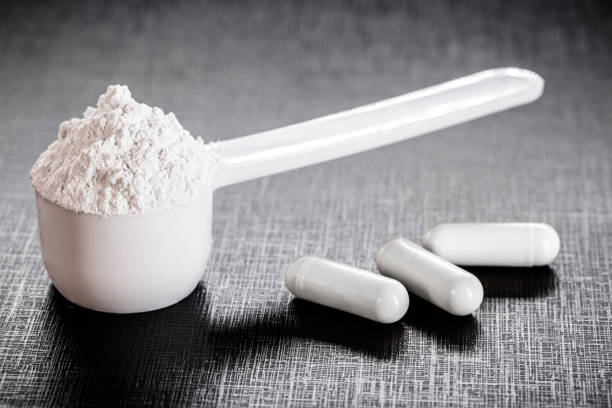 Enhancing Oil Recovery Processes with Powder Anionic Polyacrylamide
2024-03-27
Enhancing Oil Recovery Processes with Powder Anionic Polyacrylamide
2024-03-27
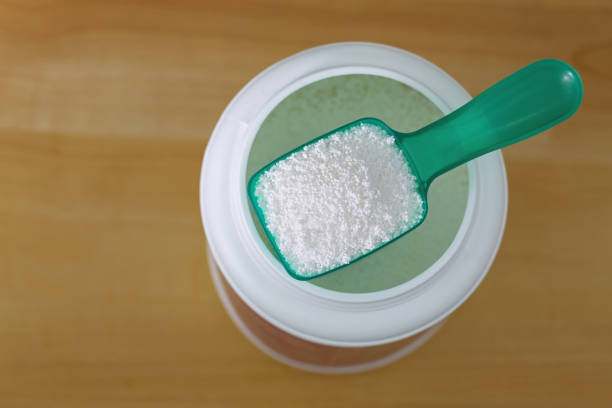 Impact of Powder Anionic Polyacrylamide in Enhancing Papermaking Processes
2024-03-25
Impact of Powder Anionic Polyacrylamide in Enhancing Papermaking Processes
2024-03-25
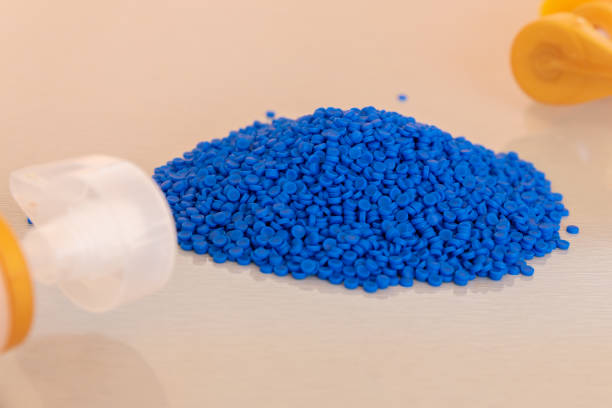 Navigating Environmental Stewardship: The Impact of Polycrylamide Emulsions
2024-03-23
Navigating Environmental Stewardship: The Impact of Polycrylamide Emulsions
2024-03-23
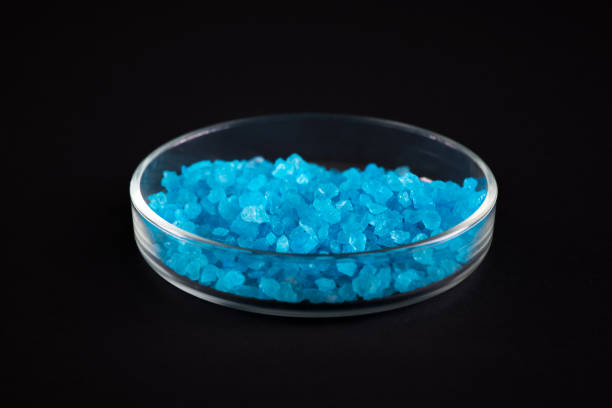 Finding the Perfect Compatibility: Polycrylamide Emulsions and Other Chemicals
2024-03-21
Finding the Perfect Compatibility: Polycrylamide Emulsions and Other Chemicals
2024-03-21
Harsh environments in underground drilling operations have prompted research and development of drilling fluids, which are required to perform the following key tasks during the drilling process: suspension, pressure control, formation stability, buoyancy, lubrication, and cooling.
Drilling fluids that flow down the drill string or up from the borehole sometimes stop moving. There are two possible reasons for this: either a malfunction has occurred, or the drill string has been lifted out of the borehole when changing the drill bit. When drilling stops, the drill cuttings suspended in the chemical drilling fluid settle to the bottom of the borehole, causing blockages. Drilling fluid is designed with a fascinating characteristic that can solve this problem. The viscosity of the drilling fluid increases as the flow rate of the drilling fluid decreases. After the drilling fluid stops flowing, it forms a viscous gel that suspends the rock cuttings in it, preventing them from sinking to the bottom of the borehole. When the drilling fluid starts flowing again, it becomes thinner and returns to its previous liquid form.
Many people have seen oil spewing into the air from drilling platforms, and oil workers cheering for it. In reality, such blowouts are rare and not worth celebrating, because the purpose of drilling is to extract oil by controlling the flow rate. Mud is designed to counteract the natural pressure of fluids in the formations to prevent such accidents. The pressure must be balanced properly, with the pressure of the drilling chemicals against the borehole wall sufficient to counteract the pressure exerted by formations and oil or gas, but not too high to cause damage to the well. If the weight of the drilling fluid is too great, it may cause rock fractures and loss of drilling fluid into the ground. The pressure of the liquid varies with its concentration. Adding weighting agents to the drilling fluid can increase its concentration and therefore increase its pressure against the borehole wall. The concentration of the liquid can be adjusted to meet the environmental requirements in drilling.
The drilling process is divided into two stages: the first stage is drilling through non-oil-bearing formations, aiming to quickly drill through non-oil-bearing formations and reach the oil-bearing formations, i.e. reservoirs. At this time, the focus is on maintaining the stability of the exposed formations in the borehole while avoiding the loss of drilling fluid. If the drilling fluid pressure is kept higher than the formation pore fluid pressure, there will be a natural tendency for the drilling fluid to penetrate into the permeable rocks of the formations. Adding special additives to the drilling fluid can prevent this from happening.
Drilling chemicals in drilling fluids may interact with surrounding rocks in other ways. For example, if the rocks have a high salt content, water will dissolve the salt, making the borehole wall unstable. In this case, oil-based drilling fluids would be more effective. Formations with high clay content are also easily washed away by water. In this case, inhibitive drilling fluids are used to maintain borehole stability and prevent borehole enlargement or erosion. As drilling progresses, the borehole is protected with steel casing and reinforced with cement, which ensures borehole stability and provides a pathway to the surface for the extracted oil after reaching the reservoir. After reaching the reservoir, the composition of the drilling fluid must be changed to avoid blocking the rock pores. Keeping the rock pores unblocked allows oil to flow smoothly into the borehole and then up to the surface.
An oil well can be deep, reaching thousands of feet or kilometers. Such a long steel drill string can weigh hundreds of tons. By immersing the drill string in drilling fluid, buoyancy is generated, reducing the weight of the drill string and decreasing the pressure on the drilling machinery.
When metal drills into rocks, heat is generated due to friction. Drilling fluids can lubricate and cool the drill bit, allowing smooth drilling and extending the life of the drill bit. Lubrication may be particularly important for extended reach or horizontal wells, as friction between the drill string, drill bit, and rock surfaces must be kept to a minimum in these areas.
